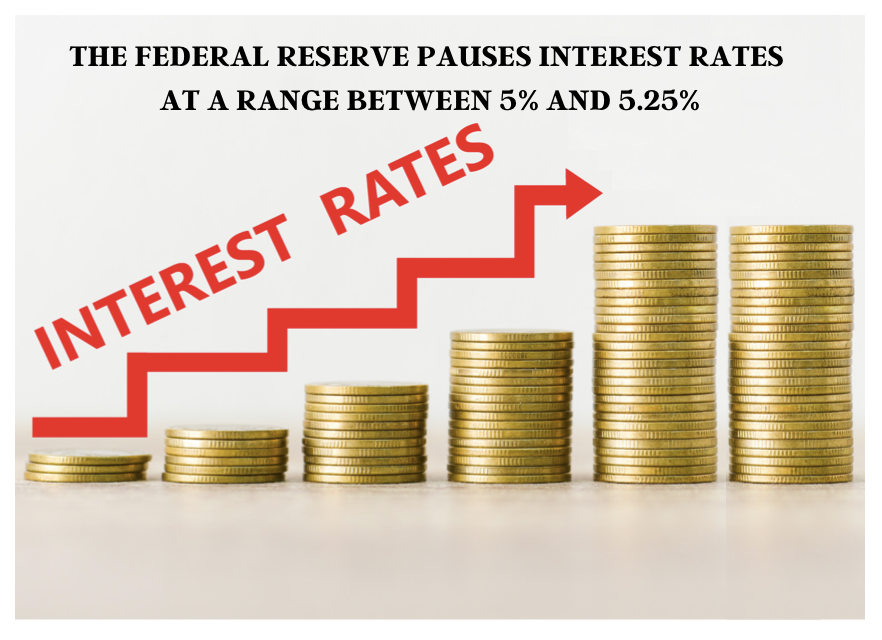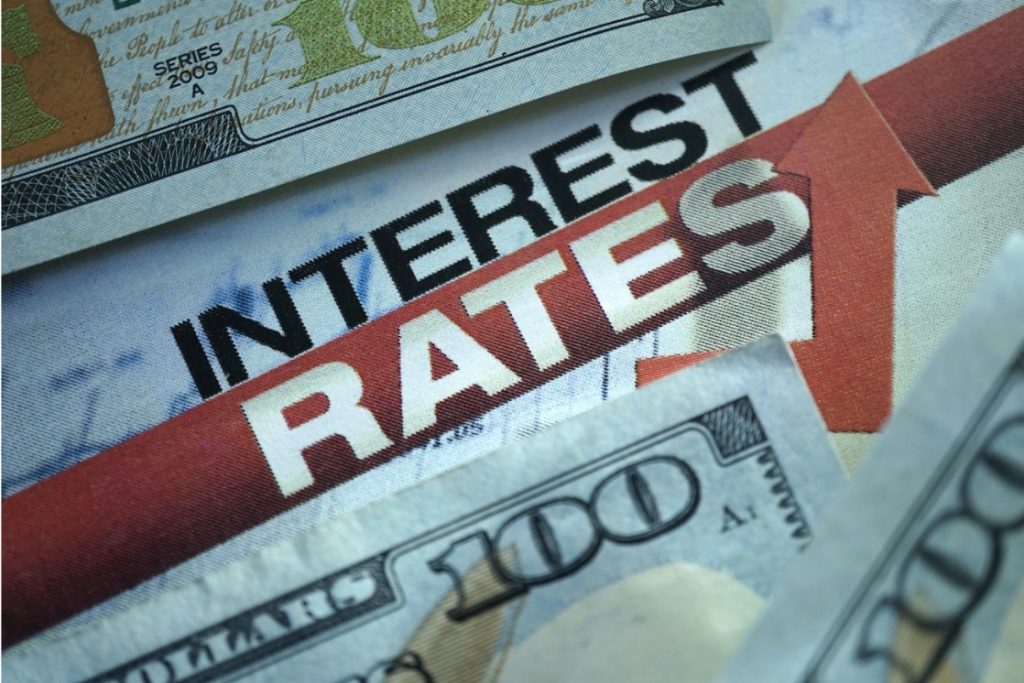THE FEDERAL RESERVE PAUSES INTEREST RATES BETWEEN 5% AND 5.25%
In a unanimous decision Wednesday, June 14, Federal Reserve Officials agreed to hold the benchmark federal-funds rate steady at a range between 5% and 5.25% after a streak of 10 consecutive increases in the fastest rate rise since the 1980’s. Last week’s economic projections strongly indicated that officials are leaning toward reducing interest rate […]
THE FEDERAL RESERVE PAUSES INTEREST RATES BETWEEN 5% AND 5.25% Read More »



